Everything is so expensive.
So it’s no surprise wine prices are climbing, too (and 15% tariffs on EU imports certainly don’t help).
I’m not here to spiral about inflation, but let’s break down what actually impacts the cost of wine, and how much you should be spending to get something worth drinking.
Pour Decisions
What goes into the price of a bottle?
When you’re grabbing a bottle off the shelf at Trader Joe’s, it’s easy to forget:
wine is agriculture.
It’s deeply affected by weather, labor, and supply chains, just like any other crop.

Let’s say you own a winery. Here’s what you’re dealing with:
Land: You either own land to grow grapes (expensive and historically inaccessible for many), or buy grapes from growers. You also need facilities to produce, bottle, and age your wine.
Labor: Grapes are either hand-harvested (like in vineyards on steep hills) or machine-harvested. Either way, labor costs are rising.
Weather: From fires to hail to drought, climate change is wreaking havoc on harvests and adding insurance costs
Equipment: You need the equipment (and staff) to ferment, bottle, cork, and label the wines
Aging: French oak barrels can cost thousands of dollars! Even “cheaper” methods like using oak chips cost money, plus the cost to store (and wait to sell) wine that needs to be aged
Transportation & Tariffs: Once bottled, wine moves through importers and distributors before it lands on shelves
Marketing: Someone’s gotta design your label, advertise your wine, and land that 90-point Wine Spectator review!
Compliance: You’re selling booze, which means lawyers and licensing
Now imagine you’re a small, independent winery in California.
You’re navigating labor shortages (in addition to the threat of ICE raids), higher glass and cork prices, and climate risks…
…all while competing with wine conglomerates like Constellation (Kim Crawford, Robert Mondavi, etc.) or Treasury Wine Estates (Stag’s Leap, Daou, etc.) who can slash prices thanks to scale and have massive marketing budgets.
Plus, unlike chips or cereal, you can’t “shrinkflation” your way out by putting less wine in the bottle (although some wineries are making the glass bottles thinner).
With all of that in mind…it’s easy to see how costs can add up!
So how much should you spend on wine?
My rule of thumb: aim for at least $20.
Some are now saying this number should be closer to $30, especially if you care about sustainability or organic practices.
I’m all for finding a $10 gem from Trader Joes, but if you want a wine that reflects its region and is sustainably made…a few extra dollars go a long way.
And not to harp on the additives again, but what’s in your bottle if it only costs $5?
Of course, this applies in the other direction, too.
Sometimes a $60+ bottle is worth it:
The best grapes, from a small vineyard in a great vintage
Manual labor on steep hillsides
Years of barrel and bottle aging
But sometimes…it’s just marketing.
Which doesn’t mean it’s bad!
Just don’t assume that high price always equals quality.
(And support small businesses by buying independent wines from your local wine store!)
And just for fun, here’s a list of the most expensive bottles ever sold. Burgundy’s Domaine de la Romanée-Conti (DRC) pinot noirs are always at the top of the list!
Sip Happens
This goes beyond wine.
Last year, Italian prosecutors found that Dior was paying third-party factories just $57 to produce handbags they retail for $2,780.
Armani paid contractors less than $100 for products that they sold for almost $2,000.
Unsurprisingly, investigators also found that workers were sleeping on-site and uncovered multiple safety violations.
BTW, Bernard Arnault, the CEO of LVMH which owns Dior?
Third richest man in the world.
On the other hand, researchers in Canada and South Korea found “high levels of toxic chemicals” in products from fast-fashion retailers like Shein.
Yeah, that cute shirt is only $3, but at what cost?
And I get it. It’s overwhelming.
There’s definitely privilege in being able to opt for “better” alternatives, and high price clearly doesn’t automatically mean ethical or sustainable.
But as you can tell from the past couple issues, I’ve been thinking recently about how I can live in a way that’s healthier for myself and the environment.
I’m not hating if you buy Armani and Dior or promoting minimalism!
I’m just trying to ask:
Where is my money going, and what’s the real cost to me, others, and the planet?
So these days, I’m trying to invest in fewer, better-quality pieces, even if that means spending a bit more so they last longer while whittling down my closet.
And instead of mindlessly grabbing a $12 bottle from Trader Joe’s, I pop into my local wine shop. Besides, they usually have deals and discounts and I end up with bottles that I enjoy more and feel better about!
And if you have a friend whose ‘cheap wine’ needs a little upgrade...forward this to them 👀
See you next week,

P.S. I’m featuring all organic, all women-made Italian wines in the $25 - $35 range at my next NYC event on Thursday, December 4!
Get all the details and RSVP here. Use code WWW15 for $15 off GA tickets.
Seeking impartial news? Meet 1440.
Every day, 3.5 million readers turn to 1440 for their factual news. We sift through 100+ sources to bring you a complete summary of politics, global events, business, and culture, all in a brief 5-minute email. Enjoy an impartial news experience.

